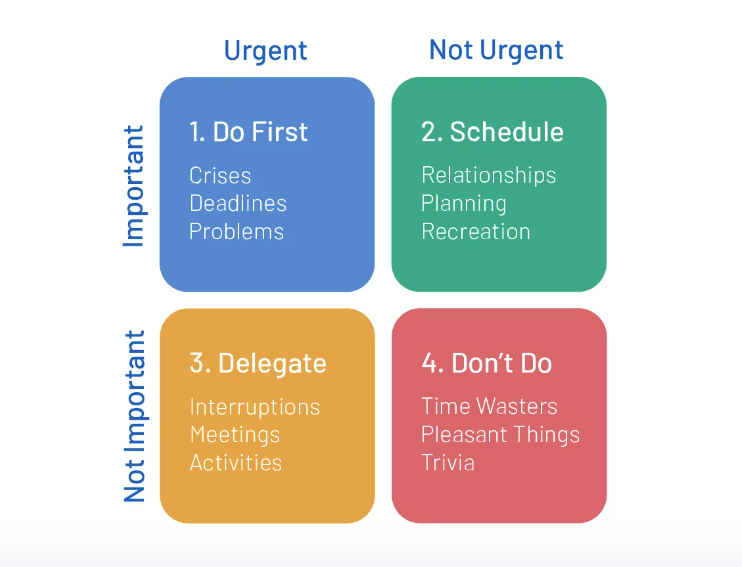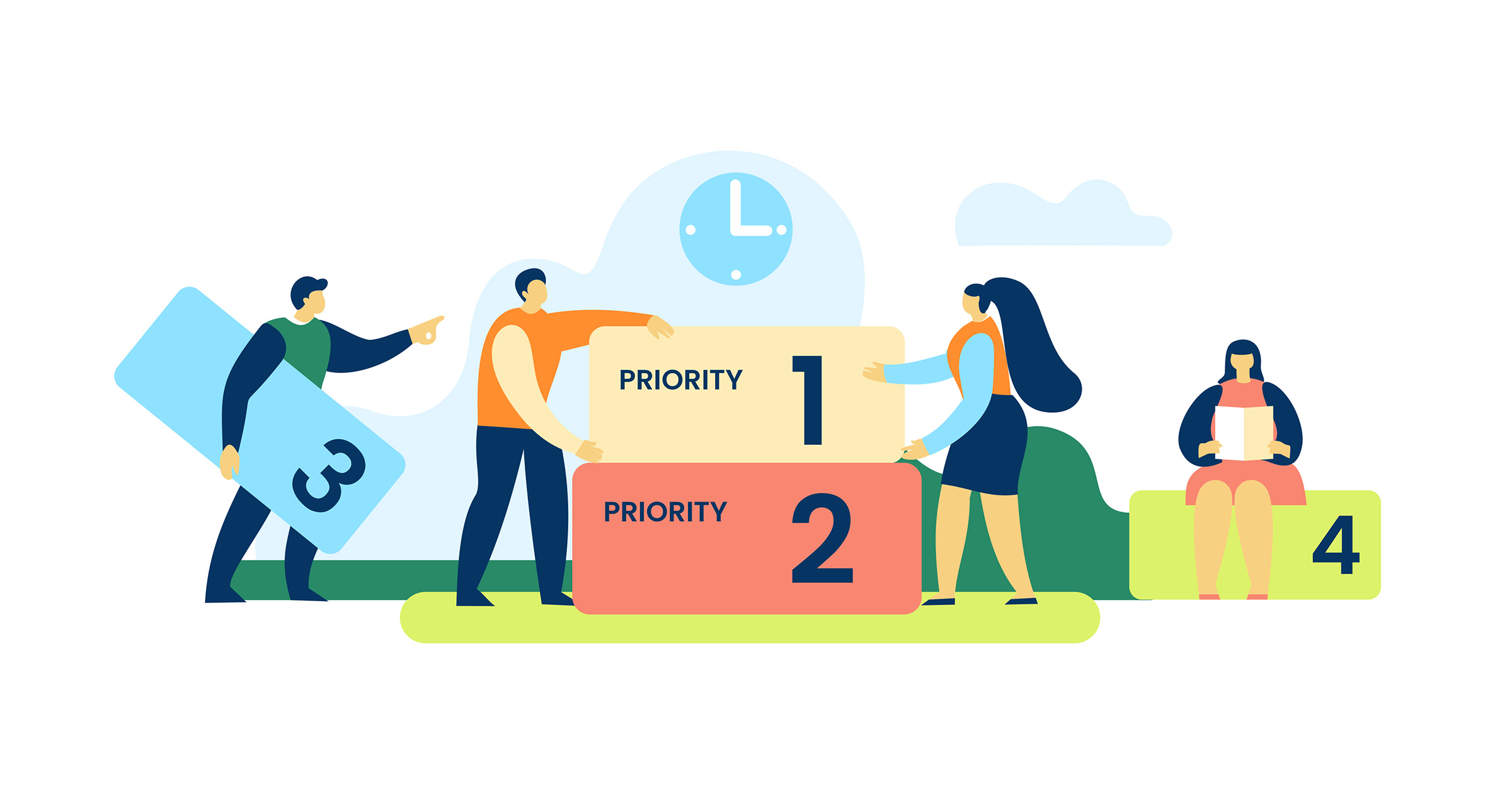Intro
Unsurprisingly, people often need to attend to dozens or even more different tasks simultaneously in this fast-paced world at a given period of time.
Technologies have exacerbated the situation with the invention of instant messaging(e.g. Slack, Teams, and WebEx). The corporate world’s expectations have changed from a few hours of response time for dozens of emails to dozens of minutes for hundreds of instant messages.
Such a situation is distracting, exhausting, and counterproductive, and we must find better ways to cope with it.
This post is about how to prioritize tasks using the Imporance and Urgency Matrix, and how to use them to evaluate a job to determine if it’s a long-term sustainable one.
Prioritization Based on Importance and Urgency Matrix
Basic Idea
- Important Tasks: Things that have a long-term effect on the goals, values, and mission. Typically, these are not urgent and people are calm, open, and rational when dealing with them.
- Urgent Task: Activities that require people’s immediate attention. They put people in a reactive mode - a defensive, hurried, and narrowly focused state.
The definition of Importance can vary from person to person and from team to team. What’s important to a person can be trivial to another person, and what’s important in people’s 30s is drastically different from that of their 20s. Some soul-searching work needs to be done to gain clarity on what’s truly important to you.
The Matrix
General rule:
- Handle important and urgent stuff first
- Schedule and reserve time for important and not urgent things
- Delegate urgent but not important activities as much as possible
- Push not-important and not-urgent tasks to the bottom of the priority list
For people who are not in the position(e.g. management or leader) to delegate tasks to other people, urgent activities (category 1 & 3) will need to be handled first.

Evaluate the Job
Interestingly enough, the same importance and urgency matrix can also be applied to evaluate the job to see if it’s contributing to the realization of your long-term goals, values, and mission, to determine if this job is a long-term fit.
A good job should leave you some time to do important but not urgent stuff. If most of your time is spent on urgent activities trying to put out fire leaving you no time for important and nonurgent activities, then the job is not beneficial and sustainable to you long-term. Probably a job change is needed in such a situation.
